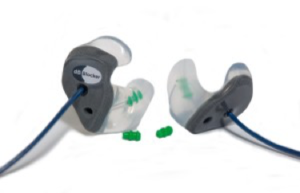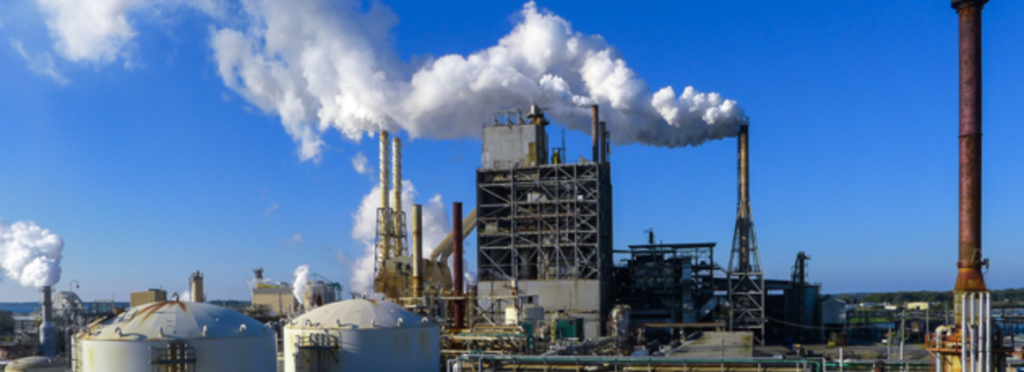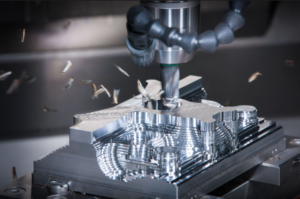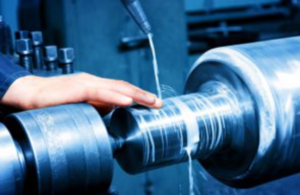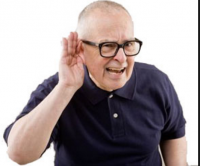Happy Halloween! Protect Your Ears! `
Halloween brings more than just goblins and candy corn, it also brings FIREWORKS… It is very important that parents protect their children’s hearing as well as their own when exposed to LOUD Crackling fireworks.
How Fireworks Affect Hearing
Fireworks produce a sound output that is in the 150 to 175 decibel range. Each year, many people experience some damage to their hearing as a result of fireworks.
There are two things to note when considering whether or not fireworks will have the potential to cause hearing loss. First is the distance a person is from the sound source. Sound is less likely to affect your hearing the further you are positioned from the firework explosion.
The second thing to consider is how loud the firework actually is. The World Health Organization recommends that adults not be exposed to more than 140 decibels of peak sound pressure. For children, the recommendation is 120 decibels. If you are dealing with a firework that explodes at 170 decibels, you would have to stand 15 to 20 meters away before you are at a safe limit. Children would have to stand 50 to 60 meters away from that same firework. Infants should not be exposed to fireworks because they generally experience the greatest amount of sound pressure.

Whether you are participating in recreational or professional fireworks, hearing protection is encouraged in both situations. You could be at risk of having some hearing damage.
Have a Safe and Happy Halloween!
CPE Team
SOURCE: https://www.boystownhospital.org/knowledgeCenter/articles/hearing/
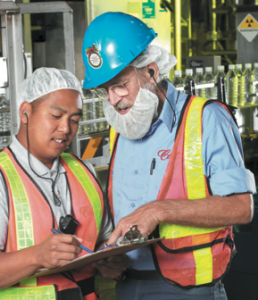 Behind that yummy assortment of bakery delights or that wonderfully prepared to go straight to the oven, frozen Chicken Cordon Bleu is an entire assembly of creative chefs and production staff who prepared it for you; production workers who are also exposed to workplace hazards every day. One specifically is industrial hearing loss.
Behind that yummy assortment of bakery delights or that wonderfully prepared to go straight to the oven, frozen Chicken Cordon Bleu is an entire assembly of creative chefs and production staff who prepared it for you; production workers who are also exposed to workplace hazards every day. One specifically is industrial hearing loss.
